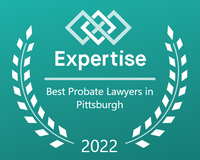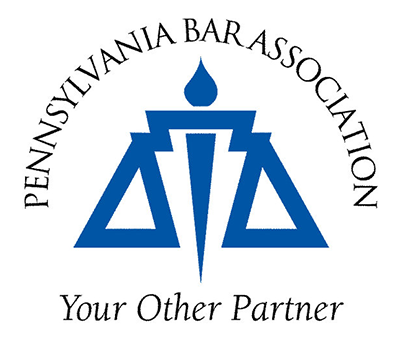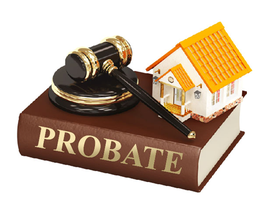There are no shortcuts to a well-crafted and considered estate plan. But our easy-to-understand six-stage process helps you clarify the importance of an estate plan as the foundation of estate administration.
At AW&E, we have developed a streamlined and manageable process for estate planning that helps our clients overcome procrastination.
Stage One: Initial Meeting
You will have a free initial legal consultation with an AW&E attorney (with optional additional meetings, if necessary, also at no charge). Here we learn basic information about you, your family and your assets. We will also discuss your goals and any special circumstances or concerns that you may have. Usually, within one or two meetings, we can present options and recommendations that allow you to choose the plan that’s right for you. Most of our estate planning services are provided on a flat-fee basis, meaning you pay one price (and not by the hour).
Stage Two: The Drafting & Editing Process
Based on the plan you have chosen, we will begin drafting your estate planning documents. We will let you know at the outset of the process how long we expect the drafting to take, and will always adjust the time lines to accommodate your circumstances. Once the drafts are completed, they are sent to you for review.
Stage 3: The Review Process
You will be asked to review the drafts, paying particular attention to the proper identity and names/addresses of your beneficiaries and choices for agents and fiduciaries (e.g., personal representatives/executors, guardians and trustees). Based on your preference, we can meet to review the documents together or discuss them by phone to explain the documents, answer your questions, and make any necessary changes or corrections.
Stage 4: The Signing Process
At this meeting you will meet with our team, who will witness and notarize the signing of your plan. Following that, you will receive a copy of your final (or signed) estate plan for your records. Shortly after signing, you will receive a bound copy of the signed estate plan for your records. Our practice is to hold the originals in our office for safekeeping, although you may hold the originals if you prefer.
Stage 5: The Funding Process
Included in the bound copy of your signed plan will be a letter that invites you to commence the complimentary funding process, which begins with a meeting with an AW&E attorney to discuss the funding of your estate plan. The concept of “funding” involves assessing the titling and beneficiary designations of your various assets to ensure that they properly coordinate with and connect to your estate plan. The funding meeting provides a forum to discuss issues such as beneficiary designations on retirement plans and life insurance and titling of accounts, investments and real estate. This becomes particularly important if you have established one or more trusts as part of your estate plan.
Stage 6: Periodic Review Process (as applicable)
As you experience significant changes in your life circumstances or assets, you may wish to reassess certain aspects of your estate plan. We recommend a meeting every one or two years to ensure that your estate plan continues to meet your present needs.













